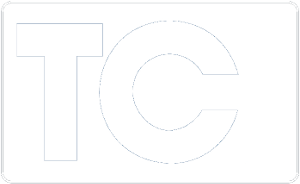Boosting Employee Engagement in Your Evolving Hybrid Workplace
The COVID-19 pandemic has forced most of us to try out new working arrangements. For many, work-from-home and remote working became real alternatives. However, some jobs require fieldwork and cannot support the work-from-home setup. In such a scenario, a hybrid workplace can strike a balance between the two.
The hybrid working model has enormous advantages. It gives employees a sense of freedom and fulfillment at work. But there are some challenges that employers and employees are facing for the first time. At the top of this priority list are employee engagement and employee well-being. But let’s first reflect on the definition and advantages of a hybrid workplace…
The Hybrid Workplace
The hybrid workplace, which includes both in-office and remote workers, can have many advantages:
- It is more productive, promotes holistic well-being, and thus more economical.
- It attracts employees of all ages and retains them by enhancing job satisfaction.
- The company saves money on operating expenses; employees save time and money by minimizing commutes to work.
- By reducing the number of people in the office during a pandemic, a hybrid workplace promotes health and safety.
Fostering Employee Engagement
But a hybrid work arrangement has its own set of complexities, particularly when it comes to fostering employee engagement because two distinct cultures emerge – one in the office and one online. As a result, managers can find it difficult to supervise and engage their distributed teams. Here are 4 ways to keep employees engaged in the hybrid workplace:
1. Encourage Creativity – Managers can check on employees to learn about their interests, hobbies, or how they spent their weekends. Contests and activities like a fun MiTeams icebreaker session can help employees feel more connected and stimulate team bonding. Doing these is especially crucial for younger generations who look for meaning, purpose, and connection in their work.
2. Provide the Right Equipment – Even if employees work from home, organizations must be conscious of their remote environment. Simple things like their desk setup, availability of a high-end microphone or speaker, and adequate lighting can enhance the employee experience in terms of comfort and health. So, leaders should provide employees with the necessary equipment ahead of time.
3. Minimize Burnout – Advise employees to turn off email and work notifications after working hours and encourage them to take breaks during the day. Encouraging them to participate in some wellness activities can help them feel and perform better. Minimize burnout by having well-defined meeting agendas with specific goals. Identify the people who need to attend a meeting, for example. It can make the most efficient use of everyone’s time while also making each employee feel valued and productive.
4. Prioritize Employee Recognition – Workplace incentives and perks must be well-structured to engage employees. It would help if you recognized extraordinary effort, new ideas, team contributions, and leadership.
As new technologies emerge, the hybrid workplace will continue to evolve. However, proper attention to employee engagement practices will determine the success of these arrangements.
TCI is ready to support your changing workplace arrangements with technology and services that will keep your business in the fast lane. Contact us today at (703) 321-3030 or info@tcicomm.com.













Leave a Reply
Want to join the discussion?Feel free to contribute!